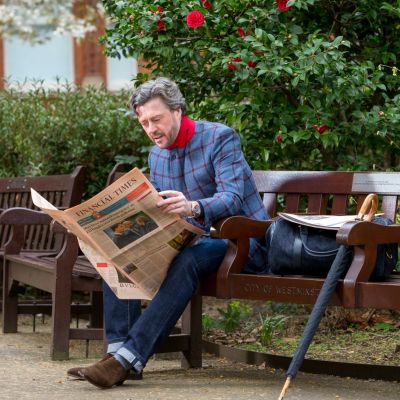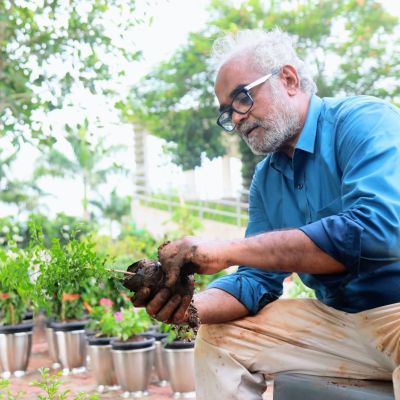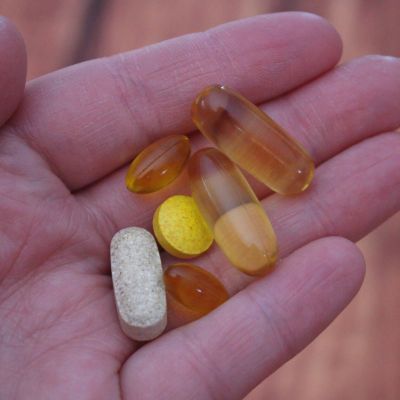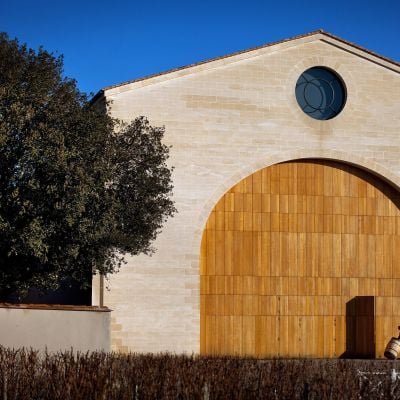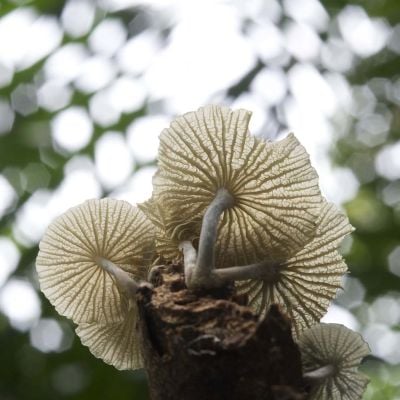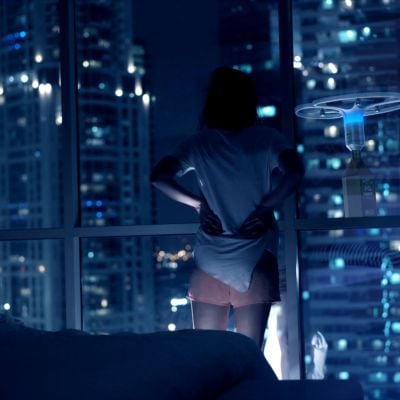The Nouveau Beaujolais
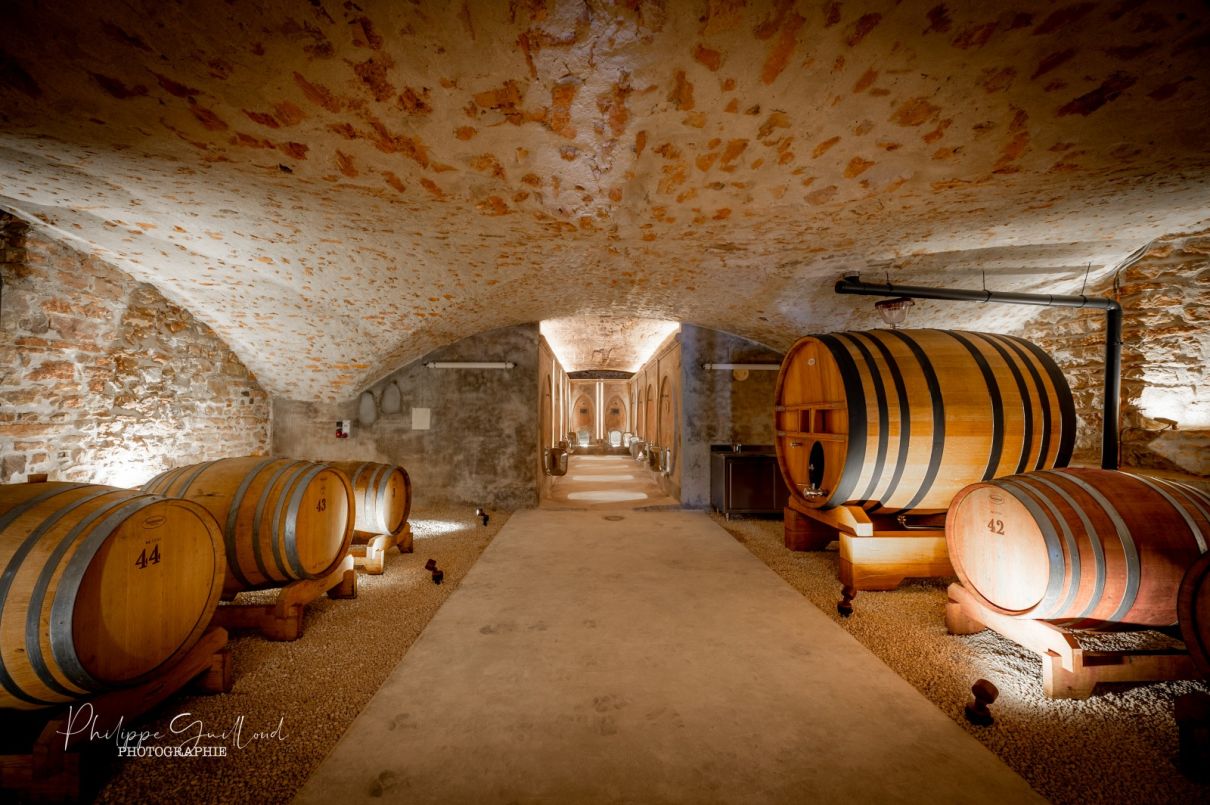
Propelled by a new generation of owners and winemakers, Beaujolais is in the middle of its re-nouveau, its rinascimento.
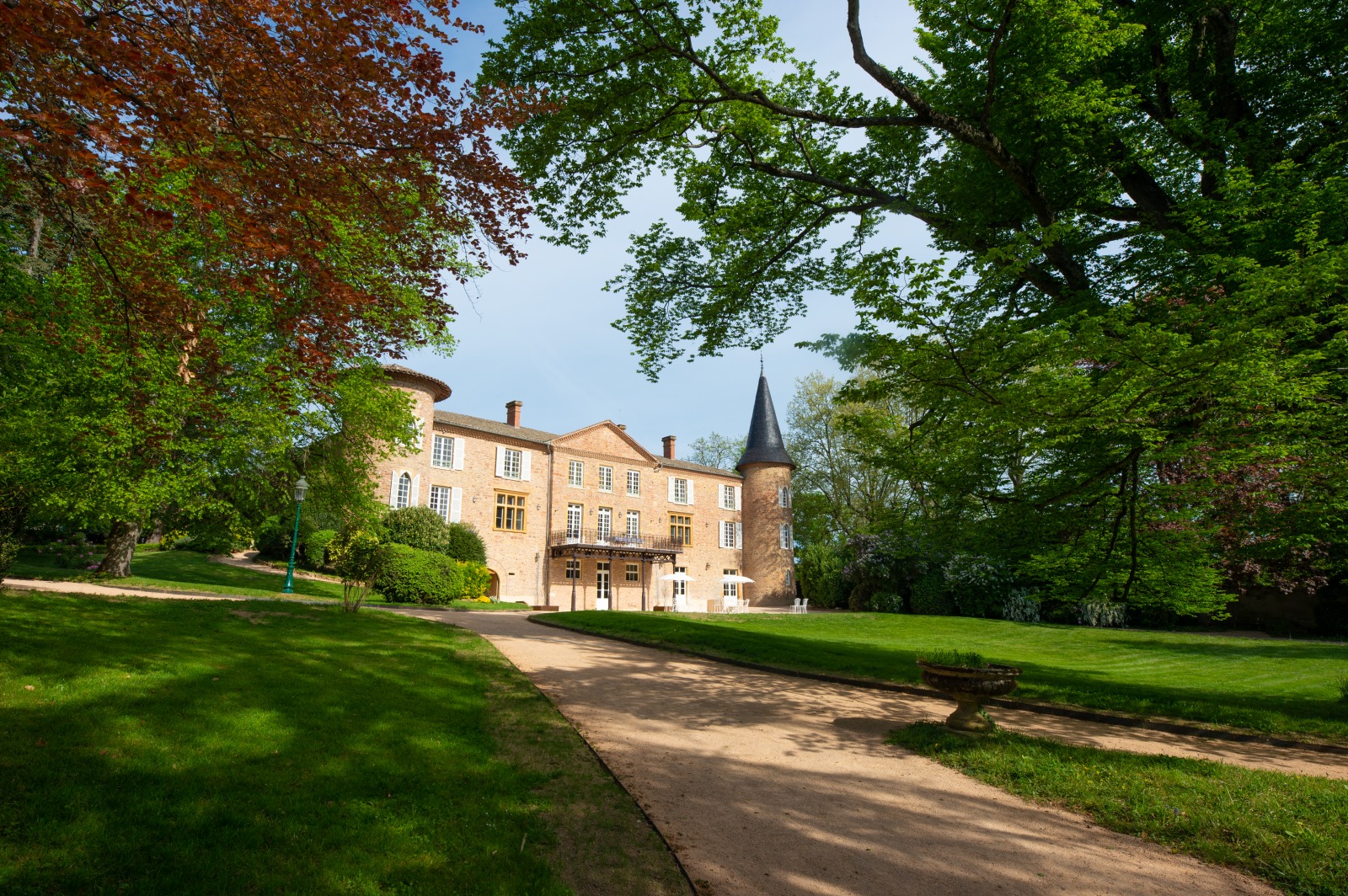
Once known as a region that produced cheap wines in quantity, the Beaujolais region – halfway between Burgundy and the rich terroir of the Rhône Valley – has gone through many qualitative transformations.
Its hilly landscape is fast changing with new landowners whose aim is to protect listed buildings and tend to vineyards in a different way. For example, Fabienne Vilain et Denis Garnier have left their careers as head of human resources and CEO of an umbrella of small businesses aside since 2014 to become the proud owners of historical Château de Champ-Renard – the oldest parts of the building date back to the 13th Century – and its surrounding 7.5 hectares of vineyards.
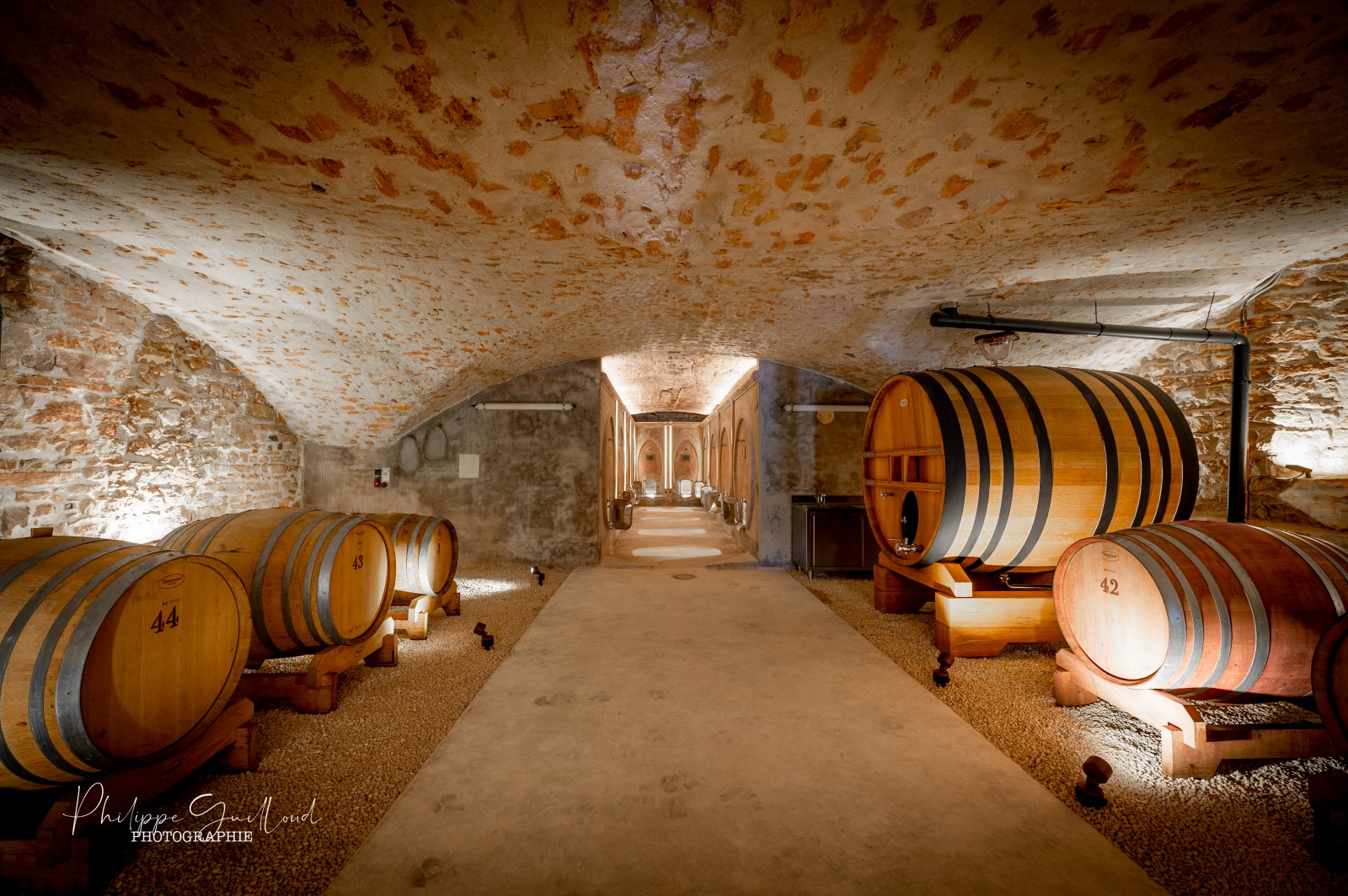
Extensively renovated, restructured, and redecorated using vintage and design furniture, Château de Champ-Renard now offers two charming apartments: rich with old wooden beams and historical walls, L’Appartement du Cocher (which sleeps eight) and L’Appartement du Paradis (which sleeps four) are a unique way to spend a night in a privately-owned château.
If the estate had been making wine since 1765, the couple remembers that when they arrived “there was everything and yet nothing”: after replanting two hectares of vines, they opted for a much more sustainable approach to wine making, respecting the soils and biodiversity. Le vin de ma Mémé (my grandma’s wine) is natural wine made from 100% Gamay grapes - the archetypal Beaujolais variety.
Before them, a generation of pioneering winemakers emerged in the 80s: they believe in a newer, cleaner form of agriculture and vine-culture and focused on making natural wines. To this day, their names – Marcel Lapierre, Michel Guignier, Jean Foillard - are synonymous with great natural wines. After them, their children are giving the appellation a new breath: joined by other young wine makers, they started off experimenting with a few acres of rented vines and shared wine-making facilities to cope with the relatively high entry cost of buying land - even if a hectare in the Beaujolais region is not as pricey as in other more sought-after terroirs.
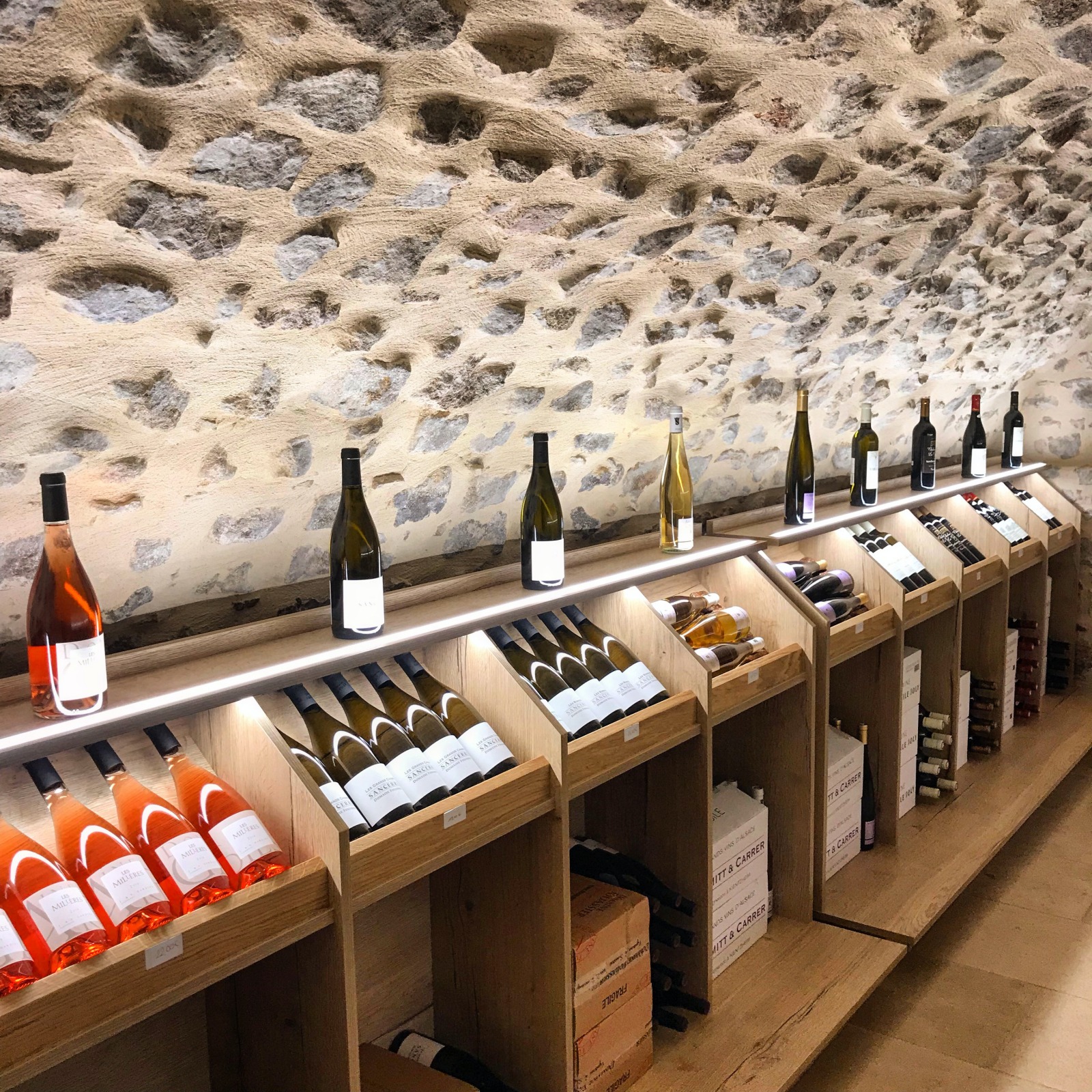
For example, David Large – whose family has been in wine since 1840 - moved back to his native Beaujolais from the Rhône region, where he learnt how to craft biodynamic wines from legendary winemakers Chapoutier and Guigal. Today, he owns eight hectares of vineyards in Montmelas, where he gives a new expression to Beaujolais Villages.
Not far from him near the Mont de Brouilly, farmer and self-taught biodynamic winemaker Ludovic Gros runs the Domaine des Terres Vivantes. When he settled, Gros restructured the farmland and started planting ancient cereals close to local varieties like Gamay and Gamaret; he also introduced more Southern varieties like Syrah and Viognier or Chenin usually planted in the Loire. Why? Not only do these help tackle climate change but these species are also key to explore the full potential of the terroir, introduce variety and complexity to the Beaujolais wines.
Also shedding new colors on the Beaujolais appellation is the Chasselay family in the region of the Pierres Dorées. At play for six centuries in the same village, the family now produces natural wines including a PetNat and a modern ‘Eparcieux Blanc’, an incredibly aromatic take on Chardonnay. Tongue in cheek, their ‘Beaujolais is Not Dead’ cuvée also celebrates the true nature of Beaujolais.
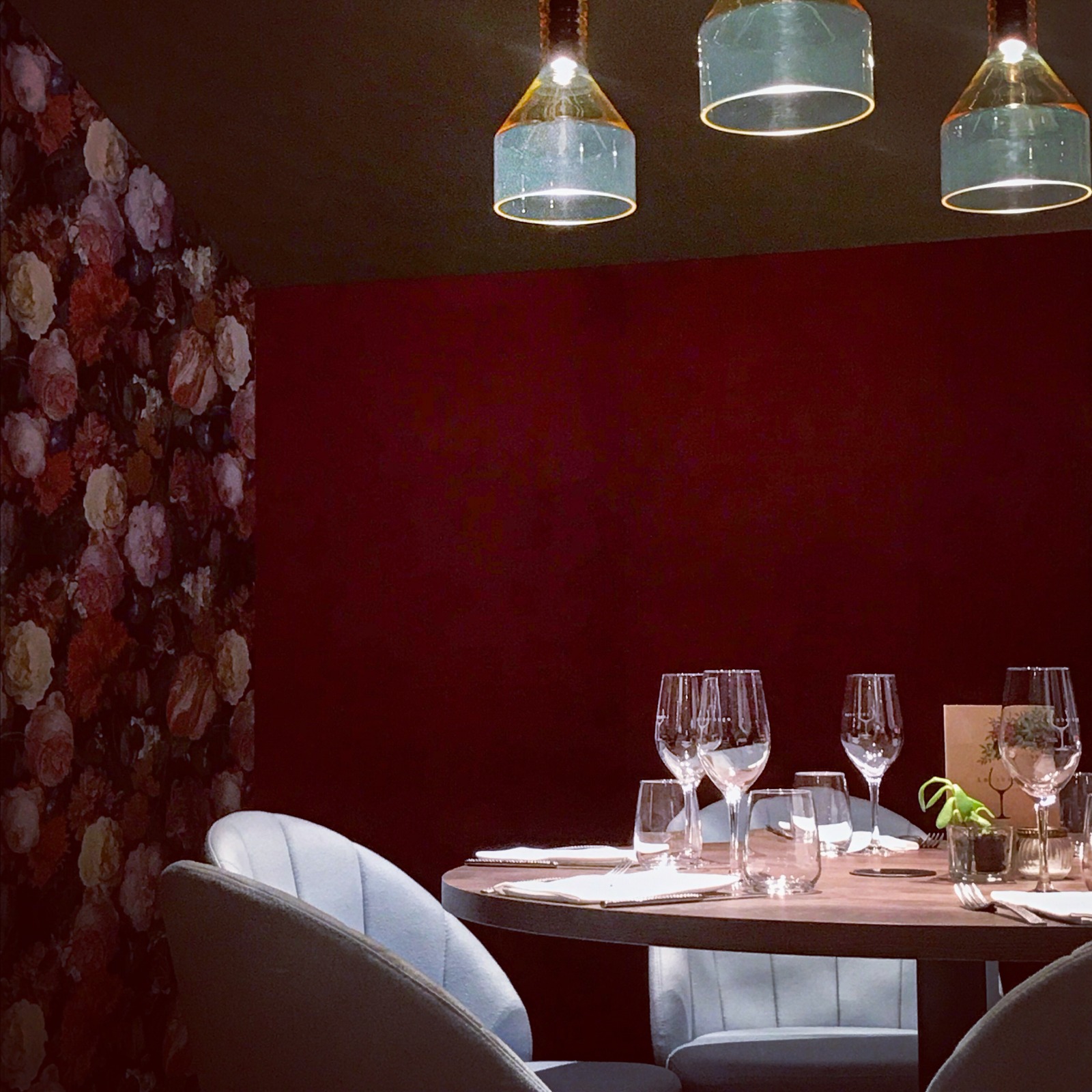
Today, Michel Guignier (4th generation of wine makers) leads a wonderful restaurant and wine shop La Robe Rouge together with two of his children: renovated, the former lime kiln (in ruins for 50 years) now opens onto a terrace in the middle of the vineyards. His son Thomas, who worked at Drouant and La Maison Blanche in Paris, spearheads the bistronomic restaurant while his sister Pernelle runs the dining room. In the meantime, Michel selects many, unique, mostly organic or natural labels made by exemplary winemakers; they are on display and on sale in the vaulted room downstairs.
Through what is now a collective effort, these winemakers have slowly but surely transformed the way Beaujolais wines are made, from an intensive winemaking industry to nurturing the land and crafting bottles with care.
www.rendez-vous.beaujolais.com/maisons-et-domaines-du-beaujolais/domaine-des-terres-vivantes/

